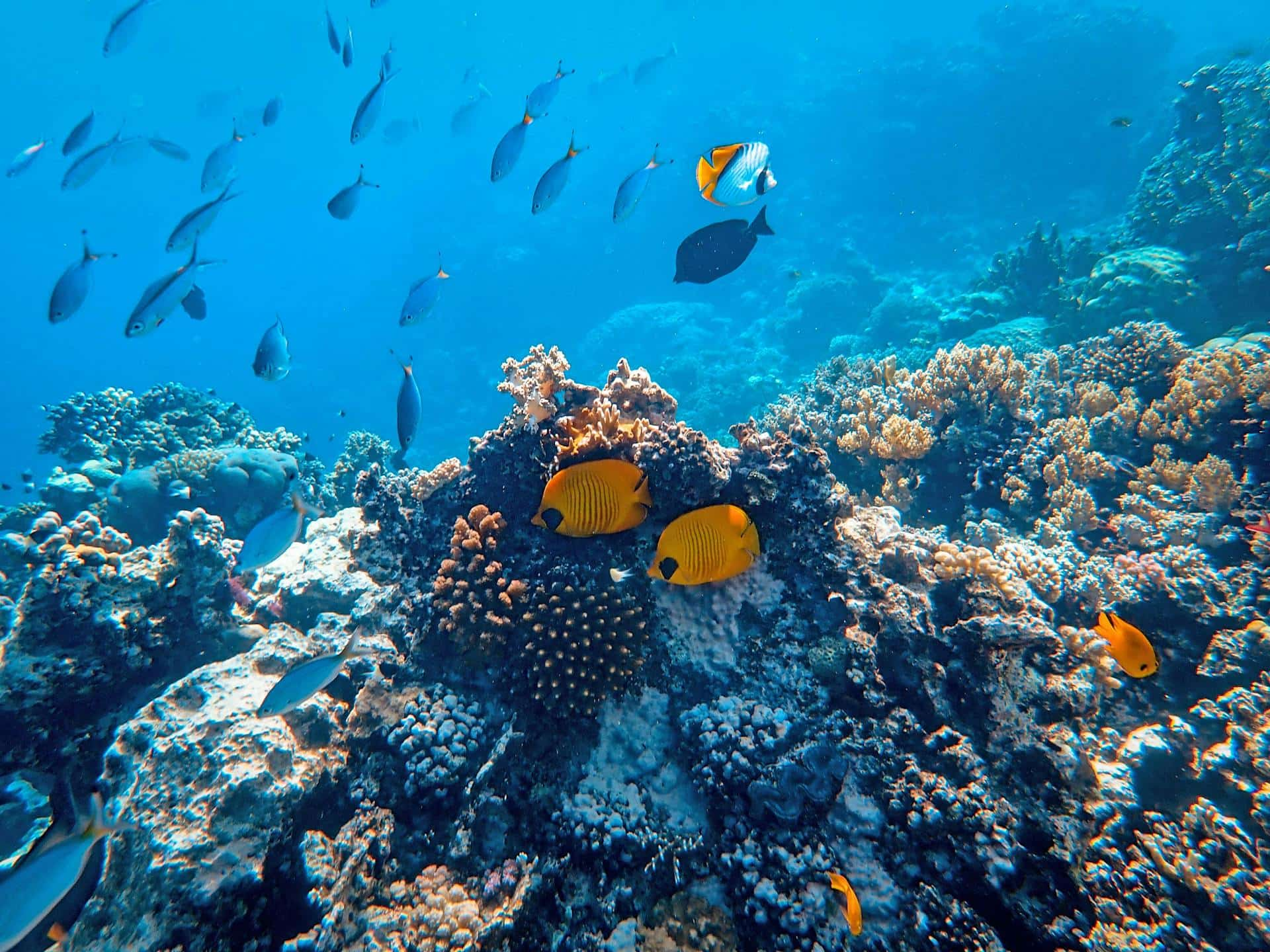Benthic Vegetation
EO Capability Benefits
Monitoring seagrass meadows using EO technologies provides precise, timely, and large-scale data on their spatial distribution, density, and temporal changes. Such information is crucial for evaluating ecosystem health, estimating carbon storage capacity, and detecting the impacts of anthropogenic pressures like coastal development, pollution, and climate-induced sea level rise. The accurate monitoring of seagrass ecosystems can guide conservation planning, habitat restoration, and sustainable coastal zone management. Additionally, quantifying changes in seagrass extent over time highlights their role in carbon sequestration, supporting climate mitigation strategies.
EO Capability Description
Seagrass meadows are among the most productive and ecologically valuable marine habitats, offering a range of ecosystem services critical for both environmental health and human well-being. These submerged flowering plants stabilise sediments, reduce coastal erosion, filter pollutants from water, and provide nursery grounds for numerous fish and invertebrate species, supporting biodiversity and local fisheries. Importantly, seagrasses are classified as blue carbon ecosystems due to their remarkable ability to capture and store atmospheric carbon in their biomass and sediments over long periods.
Seagrass meadows can be identified and mapped using Sentinel-2 optical imagery, which provides high-resolution, multispectral data suitable for monitoring coastal and shallow marine habitats. Their distinct spectral characteristics enable precise detection from space. The mapping process includes atmospheric correction, reduction of water column effects, and AI-based classification techniques to accurately delineate seagrass areas. Change detection methods are then applied to assess temporal shifts in seagrass distribution.
Seagrass biomass and carbon storage potential are estimated by considering meadow extent, water depth, productivity, and local environmental conditions. While EO data may not always allow for species-level identification, species distributions can often be inferred through historical records and available field data. The carbon sequestration rate (CSR)—defined as the annual amount of carbon stored per hectare—can be applied to estimate total blue carbon stocks within the observed seagrass meadows.



